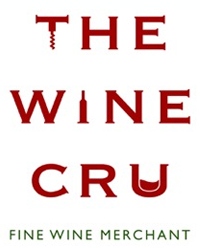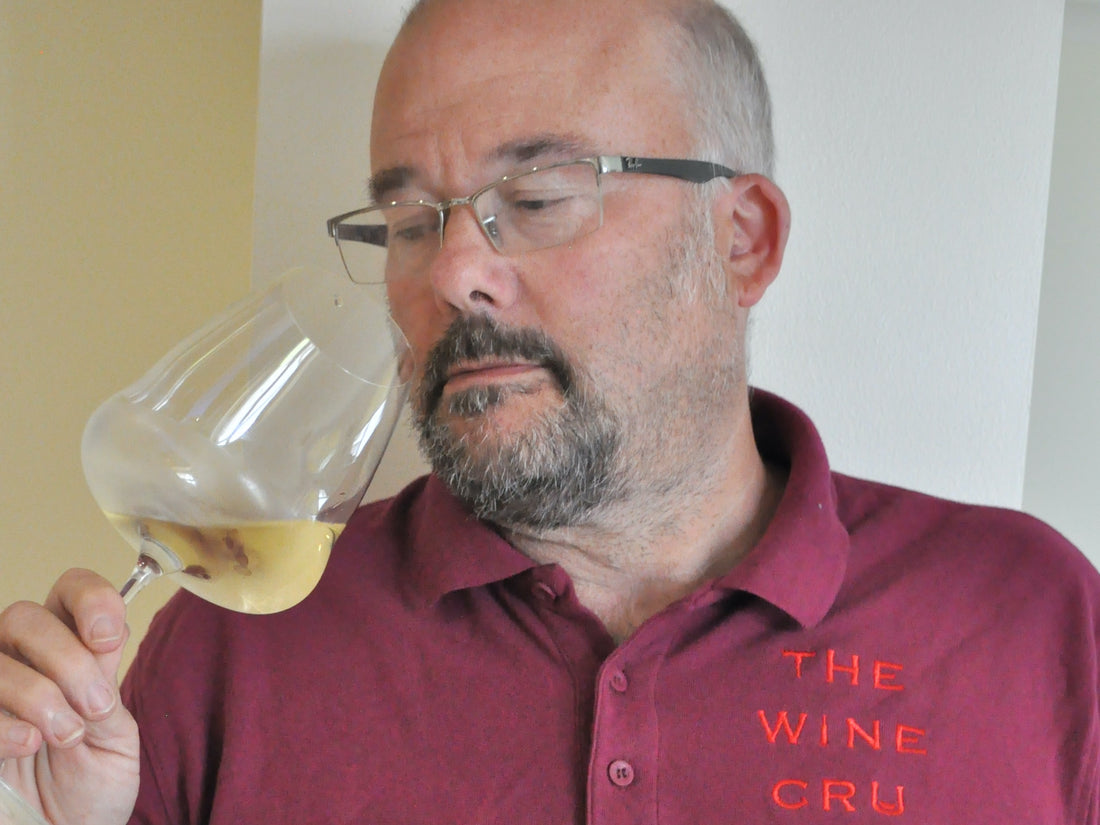Introduction - How to taste wine.
Wine tasting is not just about drinking a nice glass of wine, although that in itself is very pleasurable. It’s almost an art form that can give great pleasure whilst learning about the wonderful world of wine. Whether you're a budding wine enthusiast or a seasoned sommelier, there's always more to learn and discover about wine. In this blog, we will delve into how to taste wine, from the basics to advanced techniques, helping you appreciate, evaluate and get more enjoyment out of wine.
Understanding the basics:
Before you can master the art of wine tasting, it's essential to understand the fundamentals:
Wine Varieties: Familiarise yourself with the different grape varieties, regions, and styles of wine. Knowing the basics will give you a foundation upon which to build your tasting skills.
Glassware: Invest in good quality wine glasses, such as varietal specific glasses from makers like Riedel. These will enhance your wine-tasting experience. The shape of the glass can significantly impact how the wine's aromas are perceived.

Serving Temperature: Pay attention to the recommended serving temperatures for different wines. Whites and reds are best enjoyed at different temperatures, which can affect their taste and aroma. As a general rule chill white wines to around 8 degrees centigrade and serve red wines at room temperature. Note though the phrase room temperature was coined before we had central heating. Around 15 degrees centigrade is best. Some wine tasters believe in the 30/30 rule. This is that if you chill wine in a domestic fridge you should take the bottle out 30 minutes before you intend to taste it and pop red wines in the fridge for 30 minutes.
Wine Vocabulary: Learn the common wine terminology used in describing flavours, aromas, and textures. This will help you communicate your impressions more effectively. A great free guide to this can be found on the WSET website.
The Five S's of Wine Tasting
The five S's are a systematic approach to wine tasting that professionals use to evaluate wine:
See: Begin by observing the wine's appearance. Note its colour, clarity, and viscosity. Tilt the glass against a white background to better discern these characteristics.
Swirl: Gently swirl the wine in your glass to release its aromas. This action also coats the inside of the glass with wine, allowing for a better aroma experience.
Smell: Put your nose into the glass and inhale deeply. Identify the various aromas, both primary (e.g., fruit, flowers) and secondary (e.g., oak, spices). Consider the intensity and complexity of the bouquet.
Sip: Take a small sip of wine and let it coat your palate. Pay attention to the initial taste, the mid-palate, and the finish. Note the wine's acidity, sweetness, tannins, and body.
Savour: After swallowing (or spitting, if you're tasting many wines), reflect on the wine's overall impression. Consider how all the elements like aroma, taste, and mouthfeel come together.
Developing Your Palate
Mastering the art of wine tasting involves developing your palate over time. Here are some tips to help you refine your sensory skills:
Taste Widely: Taste wines from different regions, grape varieties, and winemaking styles. This exposure will expand your palate and help you identify unique characteristics.
Take Notes: Keep a wine journal or use one of the many online free tools like Cellartracker to record your tasting experiences. Describe the wines you taste, including the appearance, aromas, flavours, and your overall impressions.
Blind Tasting: Test your tasting skills by participating in blind tastings where you don't know the wine's identity. This will challenge your ability to evaluate wines objectively. We have fun with this with our friends. Serving two or three wines in cloth bags and seeing who gets closest to the correct wines. Usually we just try different grape varieties.

Seek Guidance: Attend wine-tasting classes, workshops, or guided tastings led by experts. They can provide valuable insights and help you refine your skills. There are so many options to do this online over zoom making it much easier to attend from the comfort of your own home. Some work by delivering the wines to you the week before the tasting.
Pairing Wine with Food
Pairing wine with food is an art in itself. Understanding the principles of food and wine pairing can elevate your tasting experience. Generally, lighter wines go well with lighter dishes, while fuller-bodied wines complement heartier fare, but that is very basic. There are several websites available that cover this subject and will help you to match up pairings. Above all though remember that personal taste and preferences matter.
Practice Patience
Developing your palate and honing wine tasting skills takes time and patience. Continue to explore and experiment with different wines, and don't be discouraged by occasional mistakes or differences in taste preferences. Remember, the journey of wine tasting is as enjoyable as the destination.
Conclusion
Mastering the art of wine tasting is a lifelong pursuit that offers endless pleasures and discoveries. Whether you're sipping a simple table wine or a rare vintage, the principles and techniques discussed in this blog will serve as your guide to appreciate wine on a deeper level. So, raise your glass and embark on a journey of sensory exploration through the world of wine, but remember to have fun! Cheers!
If you would like us to help you organise a tasting please get in touch.
Useful websites
1. www.wsetglobal.com
2. www.cellartracker.com
3. www.matchingfoodandwine.com
Further reading
1. World Atlas of Wine - Hugh Johnson
2. The Oxford Companion to Wine - Jancis Robinson
3. Pocket Guide to Wine Tasting - Michael Broadbent (out of print)
4. Vines, Grapes and Wines - Jancis Robinson

